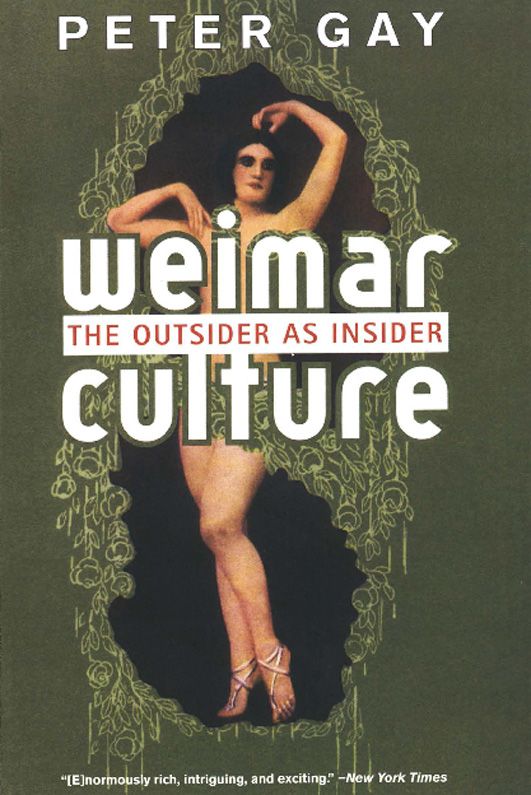Walter Gropius, L. Moholy-Nagy (eds.): Bauhaus Books, 10 vols. (1925–1930) [German]
Filed under book | Tags: · architecture, art, art education, bauhaus, dance, design, drawing, education, film, montage, painting, photography, sculpture, theatre

1. Walter Gropius, Internationale Architektur, 1925, 111 pp.
2. Paul Klee, Pädagogisches Skizzenbuch, 1925, 50 pp.
4. Die Bühne am Bauhaus, 1925, 84 pp.
7. Walter Gropius (ed.), Neue Arbeiten der Bauhauswerkstäffen, 1925, 115 pp.
8. L. Moholy-Nagy, Malerei, Fotografie, Film, 1925/27, 140 pp.
9. Kandinsky, Punkt und Linie zu Fläche: Beitrag zur Analyse der malerischen Elemente, 1926, 190 pp.
10. J.J.P. Oud, Holländische Architektur, 1929, 107 pp.
11. Kasimir Malewitsch, Die gegenstandslose Welt, 1927, 104 pp.
12. Walter Gropius, Bauhausbauten Dessau, 1930, 221 pp.
14. László Moholy-Nagy, Von Material zur Architektur, 1929, 241 pp.
Publisher Albert Langen, Munich, 1925-1930
via Bibliothèque Kandinsky
Download all 10 volumes through Monoskop wiki
Comment (0)Peter Gay: Weimar Culture: The Outsider As Insider (1968–) [EN, CR]
Filed under book | Tags: · 1910s, 1920s, 1930s, architecture, art, bauhaus, cinema, expressionism, film, germany, literature, modernism, music, nazism, philosophy, politics, psychoanalysis, theatre, weimar republic

First published in 1968, Weimar Culture is one of the masterworks of Peter Gay’s career. A study of German culture between the two wars, the book brilliantly traces the rise of the artistic, literary, and musical culture that bloomed ever so briefly in the 1920s amid the chaos of Germany’s tenuous post-World War I democracy, and crashed violently in the wake of Hitler’s rise to power. Despite the ephemeral nature of the Weimar democracy, the influence of its culture was profound and far-reaching, ushering in a modern sensibility in the arts that dominated Western culture for most of the twentieth century.
First published by Harper & Row, New York, 1968.
Publisher W. W. Norton, 2001
ISBN 0393322394, 9780393322392
205 pages
via chef
Review (Walter Laquer, The New York Times Books, 1968)
Review (Elizabeth Wiskemann, The Spectator, 1969)
Review (Sterling Fishman, History of Education Quarterly, 1970)
Weimar Culture: The Outsider As Insider (English, 1968/2001, EPUB)
Weimarksa kultura: Isključenik kao uključenik (Croatian, trans. Danja Šilović-Karić, 1999, added on 2014-8-3)
Lotte H. Eisner: The Haunted Screen: Expressionism in German Cinema and the Influence of Max Reinhardt (1952/1969)
Filed under book | Tags: · 1910s, 1920s, cinema, expressionism, film, film criticism, film history, germany, romanticism, theatre

The expressionist era of German cinema began at the end of the First World War and ended shortly after the coming of sound. From The Cabinet of Dr. Caligari onwards the principal films of this period were characterized by two influences: literary Expressionism, and the innovations of the theatre directors of this period, in particular Max Reinhardt. This book demonstrates the connection between German Romanticism and the cinema through Expressionist writings. It discusses the influence of the theatre: the handling of crowds; the use of different levels, and of selective lighting on a predominately dark stage; the reliance on formalized gesture; the innovation of the intimate theatre. Against this background the principal films of the period are examined in detail. The author explains the key critical concepts of the time, and surveys not only the work of the great directors, such as Fritz Lang and F. W. Murnau, but also the contribution of their writers, cameramen, and designers.
First published as L’Écran démoniaque. Influence de Max Reinhardt et de l’Expressionisme, 1952; revised 1965.
Translated by Roger Greaves
Publisher Thames and Hudson, London, 1969
360 pages
via knappen
Review (Richard B. Byrne, Cinema Journal, 1970)
PDF (116 MB)
Comment (0)
